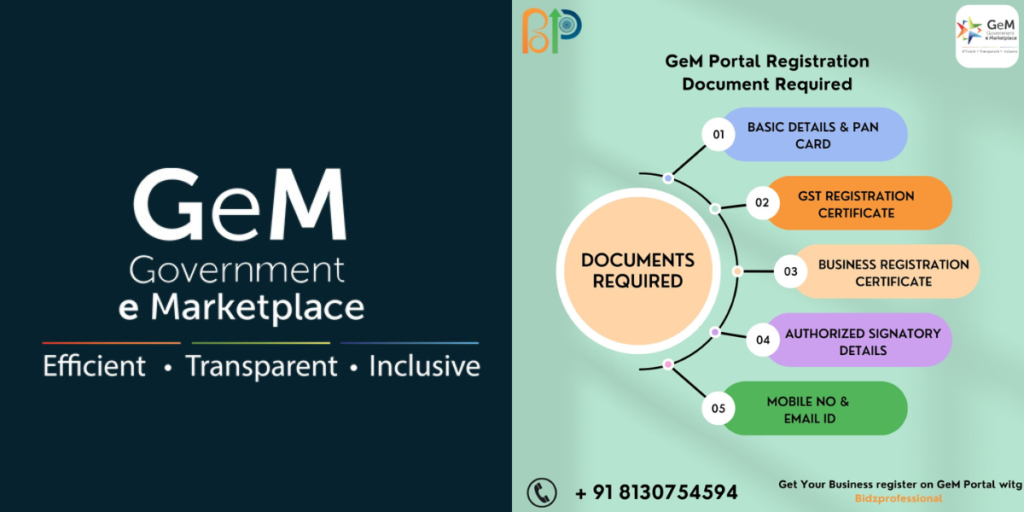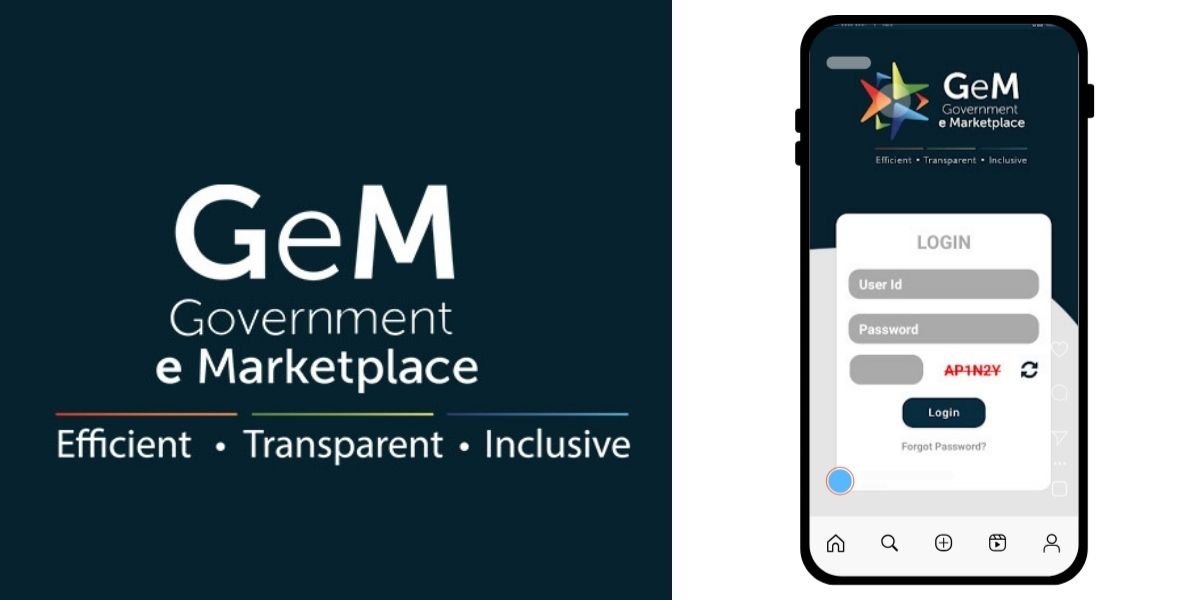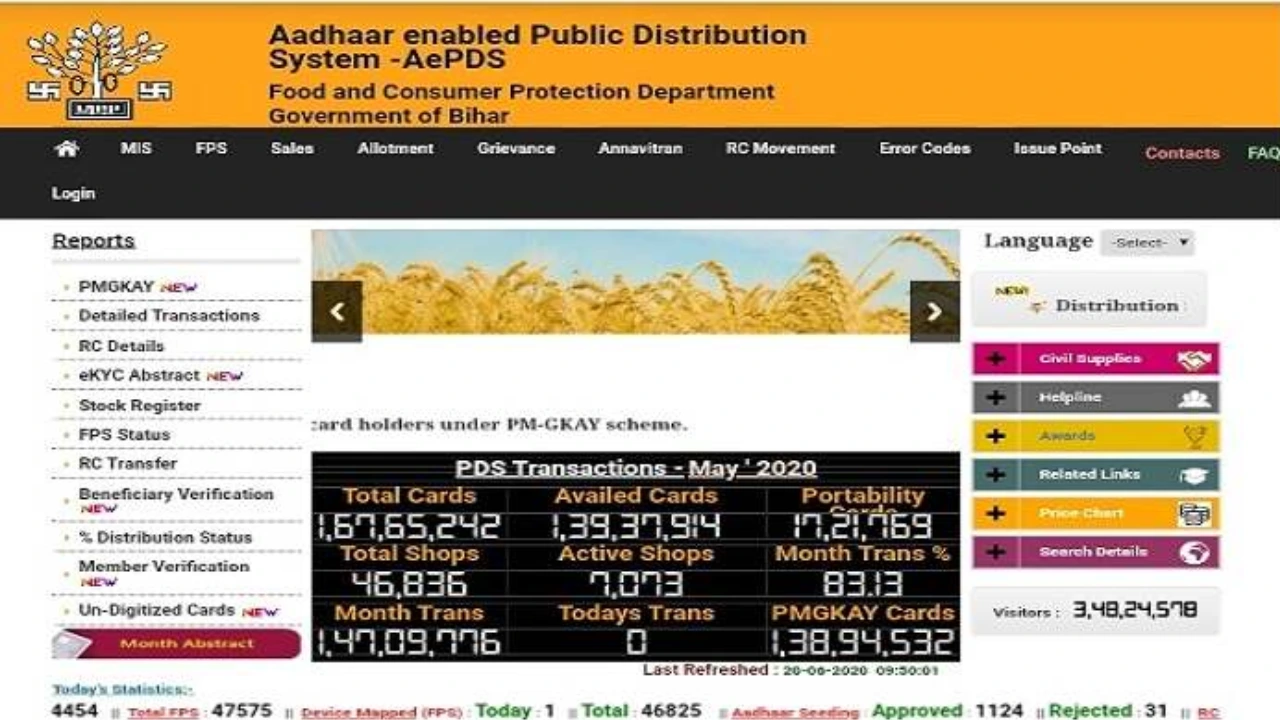The Government e-Marketplace (GeM) portal is an essential platform for facilitating government procurement in India. It aims to streamline the purchasing process for government entities and suppliers, ensuring transparency and efficiency. This article delves into the GeM portal login process, its benefits, and essential features, providing a thorough understanding for both buyers and sellers.
What is the GeM Portal?
The GeM portal is an online marketplace that allows government departments, public sector undertakings, and other organizations to procure goods and services from registered sellers. By utilizing this platform, buyers can access a wide range of products while sellers can reach a broader market without the need for intermediaries. The GeM portal promotes fair competition, transparency in procurement processes, and efficiency in public spending.
Recent Updates on the GeM Portal
New Features Introduced
The GeM portal has rolled out several new features that enhance usability for both buyers and sellers. These include:
- Enhanced Mobile Application: The latest version of the GeM Seller app is now available on both Android and iOS platforms. This app allows sellers to manage their orders, view pending tasks, and raise issues through CRM tickets seamlessly.
- Bid Validity Extension: Buyers can now request online extensions for bid validity without restrictions, allowing for greater flexibility in procurement timelines.
- Integration with Udyam: Micro, Small, and Medium Enterprises (MSMEs) can now register as sellers on GeM directly through a live API linked to their Udyam registration, simplifying the onboarding process.
Guidelines for Users
Updated guidelines have been issued to help users navigate the new features effectively:
- Brand Approval Process: Sellers can now request brand approvals in three categories: Registered, Unregistered, and Unbranded. This change simplifies the product upload process and allows for more flexibility in brand representation.
- Digital Signature Implementation: The introduction of digital signatures for transactions enhances security and authenticity in bid publishing and order placements.
- Transparency Initiatives: To promote transparency, all catalog owners are now required to update the “Country of Origin” information for their products. This initiative aligns with the government’s “Make in India” campaign, enabling buyers to make informed choices based on local content.
Benefits of Using the GeM Portal
The GeM portal offers numerous advantages for both buyers and sellers:
For Buyers:
- Transparency: The platform ensures that all transactions are recorded, making it easier to track purchases.
- Wide Selection: Buyers have access to a diverse range of products and services from various suppliers.
- Competitive Pricing: The auctioning system encourages competitive pricing, benefiting government budgets.
For Sellers:
- Market Access: Sellers can reach government buyers without needing extensive marketing efforts.
- Simplified Processes: The registration and bidding processes are user-friendly, allowing sellers to focus on their business.
- Timely Payments: The portal facilitates prompt payment processing once goods or services are delivered.
How to Register on the GeM Portal

Before accessing the GeM portal, users must complete a registration process. Here’s how it works:
- Visit the Official Website: Go to the official site gem.gov.in.
- Select Registration Type: Choose whether you are a buyer or seller.
- Fill in Required Details: Provide necessary information such as email ID, mobile number, and organization details.
- Verification Process: Complete the verification via OTP sent to your registered mobile number.
- Create Login Credentials: Set up your unique User ID and password for future logins.
Steps for GeM Portal Login
Logging into the GeM portal is straightforward. Follow these steps:
- Access the Login Page: Navigate to gem.gov.in and click on the “Login” button at the top right corner.
- Enter Credentials: Input your User ID (usually your registered email) and password.
- Complete Two-Factor Authentication: If enabled, complete any additional security checks required.
- Access Dashboard: Once logged in, you will be directed to your dashboard where you can manage orders, view bids, and track performance.
Troubleshooting Login Issues
If you encounter problems while logging in, consider these solutions:
- Forgot Password: Click on the “Forgot Password?” link on the login page. Enter your User ID or registered email to receive password reset instructions.
- Contact Support: If issues persist, reach out to the GeM helpdesk via their official contact numbers or support email.
Features of the GeM Portal
The GeM portal is equipped with several features designed to enhance user experience:
| Feature | Description |
| User-Friendly Interface | Intuitive design makes navigation easy for all users. |
| Secure Transactions | Advanced security measures protect user data and transaction details. |
| Real-Time Tracking | Users can track orders and bids in real-time for better management. |
| Dispute Resolution | A built-in mechanism to handle disputes between buyers and sellers. |
| Analytics Tools | Provides insights into purchasing patterns and supplier performance. |
Conclusion
The GeM portal represents a significant advancement in public procurement processes in India. By facilitating easy access for both buyers and sellers while ensuring transparency and efficiency, it plays a crucial role in enhancing government operations. Understanding how to effectively use the GeM portal login system is essential for maximizing its benefits.
Whether you are a government buyer looking for quality products or a seller aiming to expand your market reach, mastering the functionalities of the GeM portal will undoubtedly contribute to streamlined procurement experiences and successful transactions in India’s dynamic marketplace.
By following this guide on registration, login procedures, troubleshooting tips, and understanding its features, users can navigate the GeM portal effectively and leverage its full potential for their procurement needs.
Read More Blogs:-



